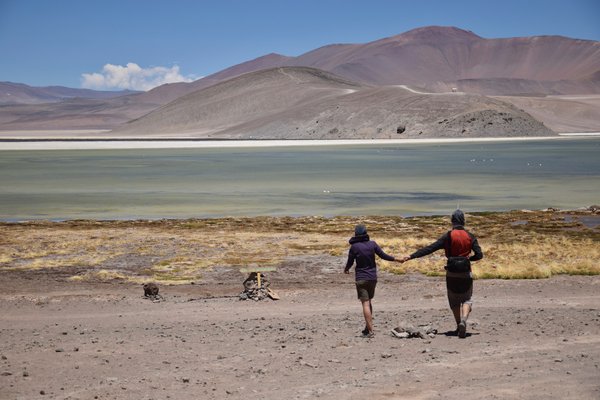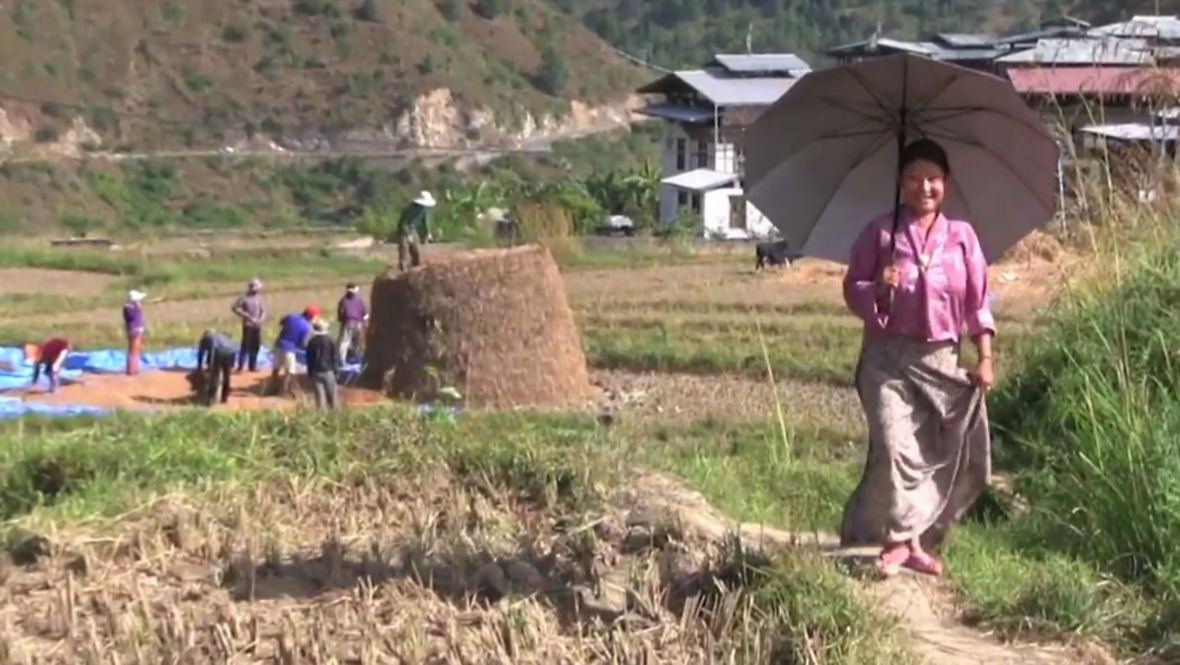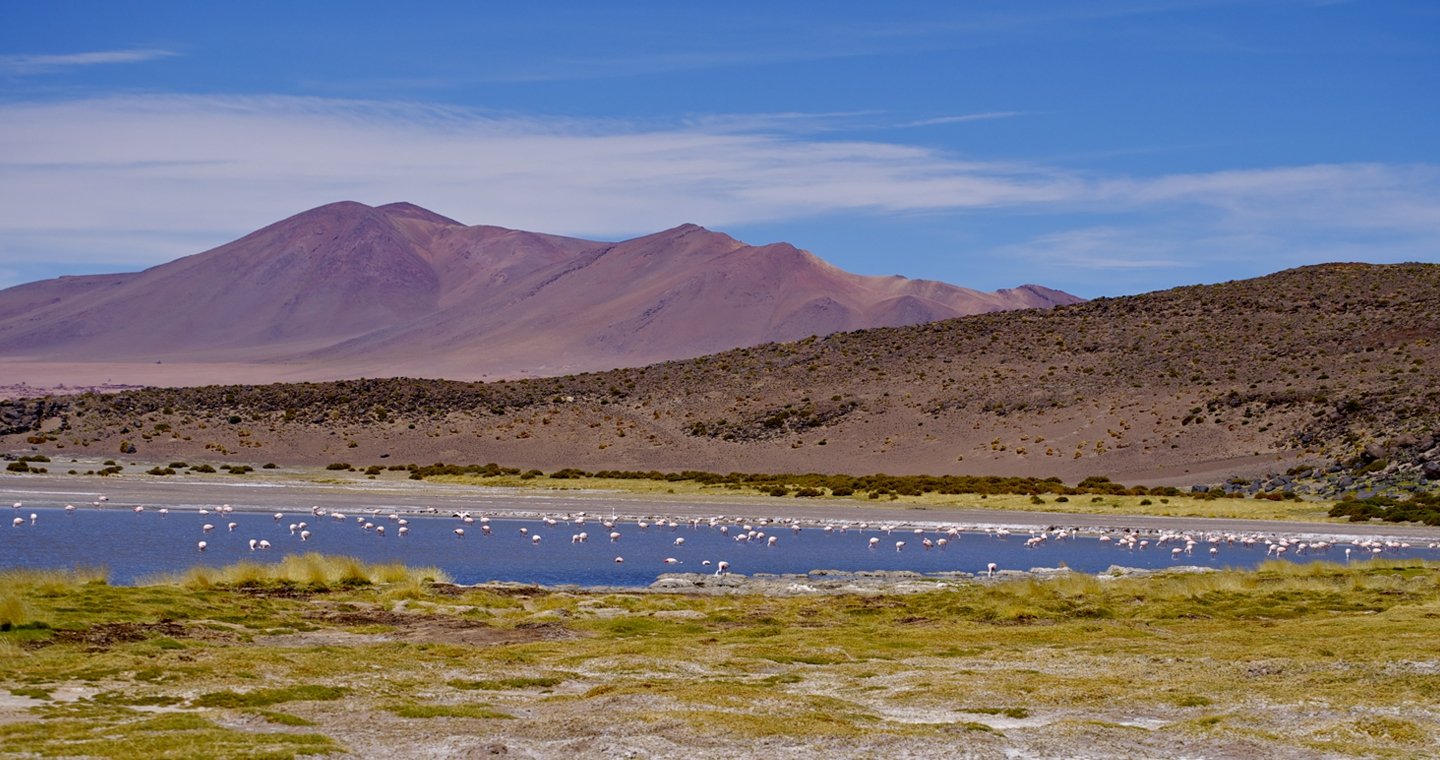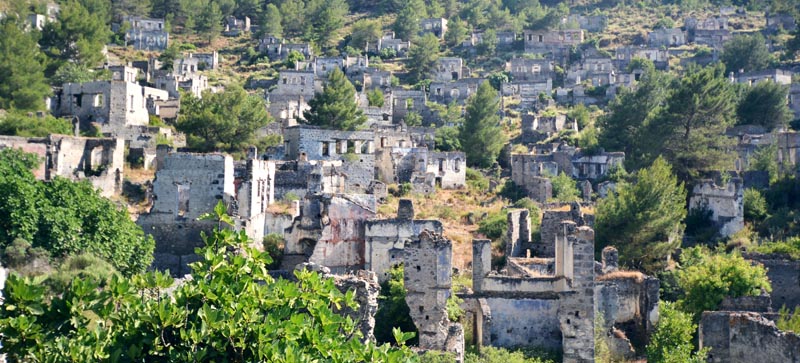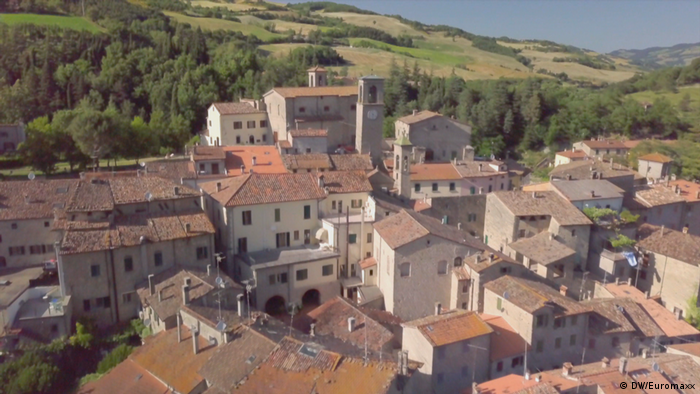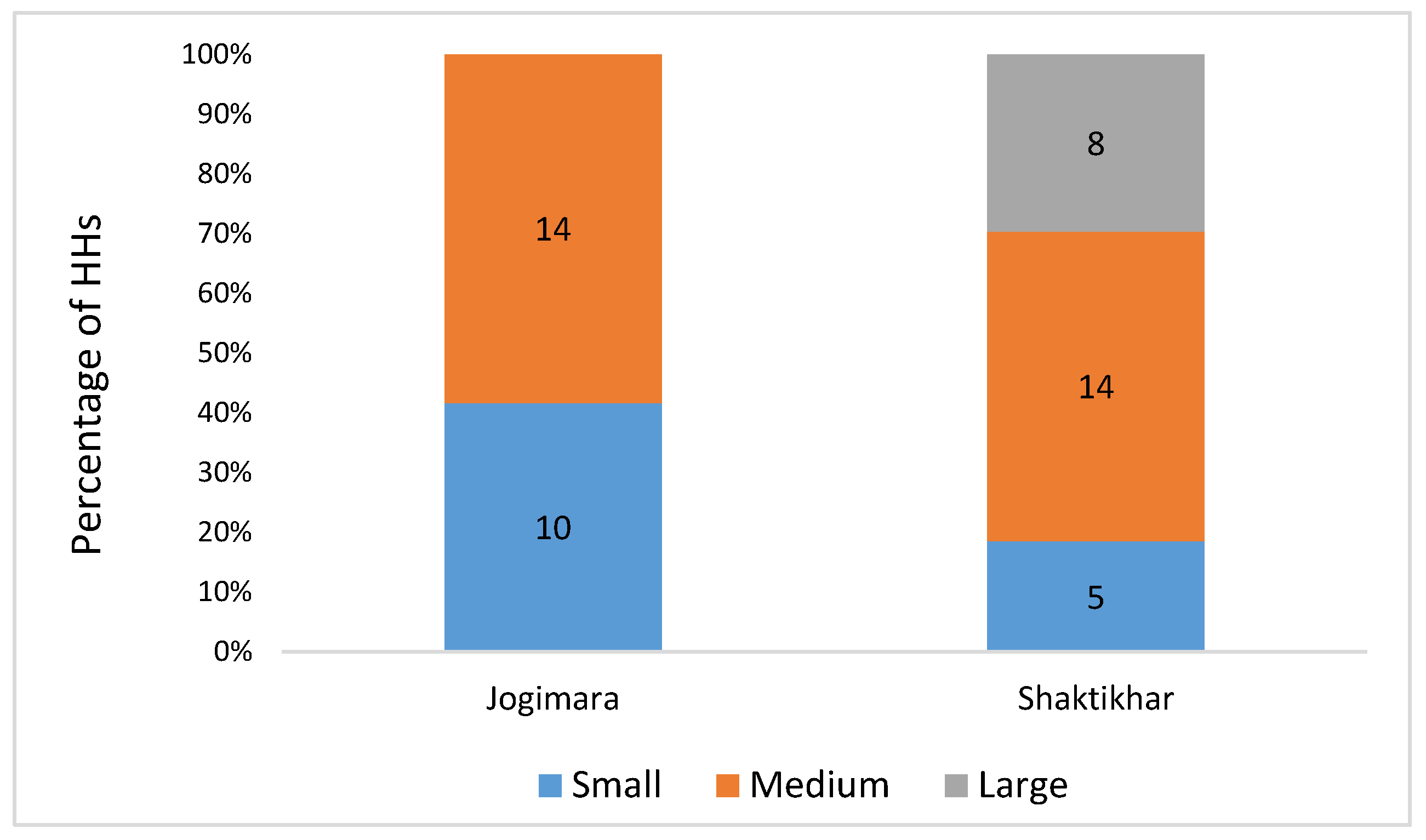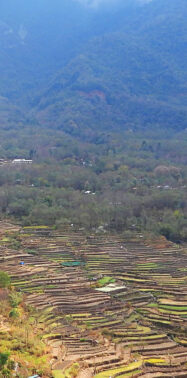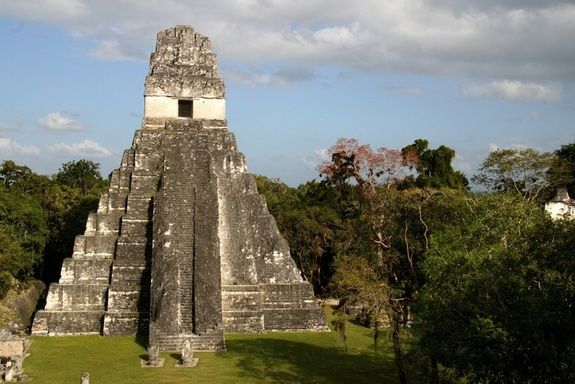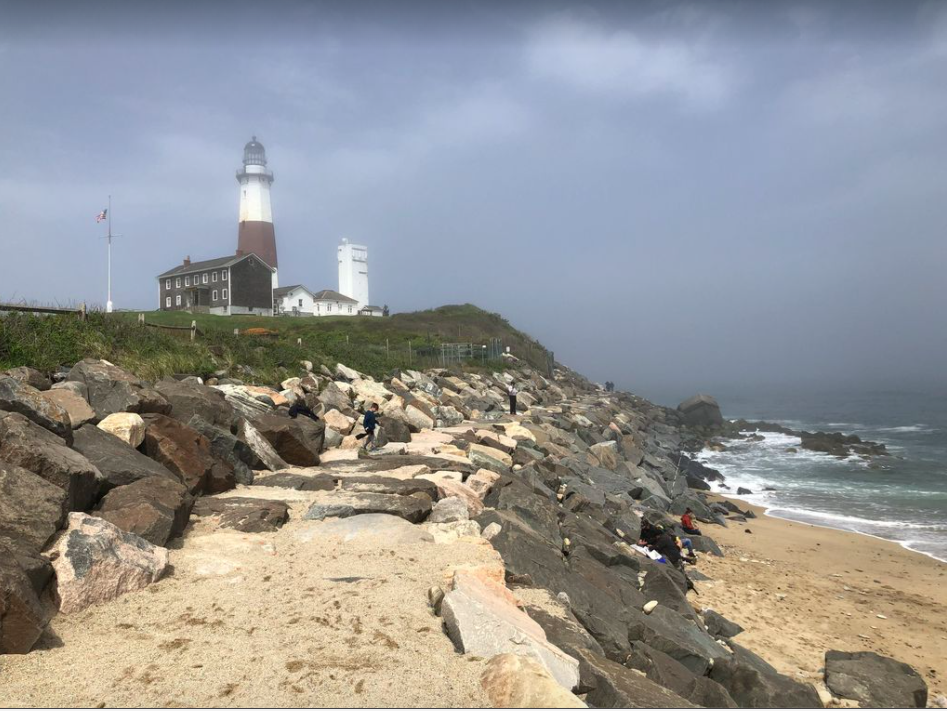Santiago mar 13 ips three indigenous communities from the chilean highlands have just received solar panels which will be set up and maintained by unlikely solar engineers.
Chili indigenous village solar panel.
The primary school in caspana 1 400 km north of santiago.
The project allows guyana to fulfil its mandate to make the un sustainable development goal 7 a reality.
In particular chile has one of the largest solar potentials in the world.
Caspana chile sep 2 2015 ips liliana and luisa terán two indigenous women from northern chile who travelled to india for training in installing solar panels have not only changed their own future but that of caspana their remote village nestled in a stunning valley in the atacama desert.
The primary school in caspana 1 400 km north of santiago.
Five native women who travelled halfway around the world to india and overcame language and other barriers to bring photovoltaic energy to their villages.
Significant potential exists in the use of biomass hydropower geothermal solar wave and wind energy.
A year later the potential value for onshore wind in 2020 has dropped a further 8 to four and a half cents per kilowatt hour usd 0 045 kwh while that of solar pv drops 13 to less than five.
The primary school in caspana 1 400 km north of santiago.
Liliana and luisa terán are two indigenous women from northern chile who traveled to india for training in installing solar panels.
With almost 356 days of clear skies high solar radiation and low humidity the atacama desert in northern chile offers excellent conditions for generating solar energy.
As solar irrigation systems become more popular rahman at the ceew said many indigenous farmers already have eco friendly lifestyles.
Two indigenous cousins who were trained as solar engineers got the municipal authorities to provide solar panels for lighting in public buildings and on the village s few streets while they installed panels in 127 of the village s homes.
Two indigenous cousins who were trained as solar engineers got the municipal authorities to provide solar panels for lighting in public buildings and on the village s few streets while they installed panels in 127 of the village s homes.
Together they have not only changed their future but that of their remote village caspana as well.
We have a lot to learn from them he said.
The approximately 1000 residents in the indigenous village of akawini will soon boast of being yet another community to benefit from solar power under the ministry of public infrastructure.
